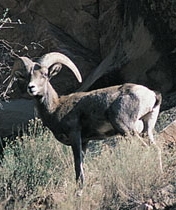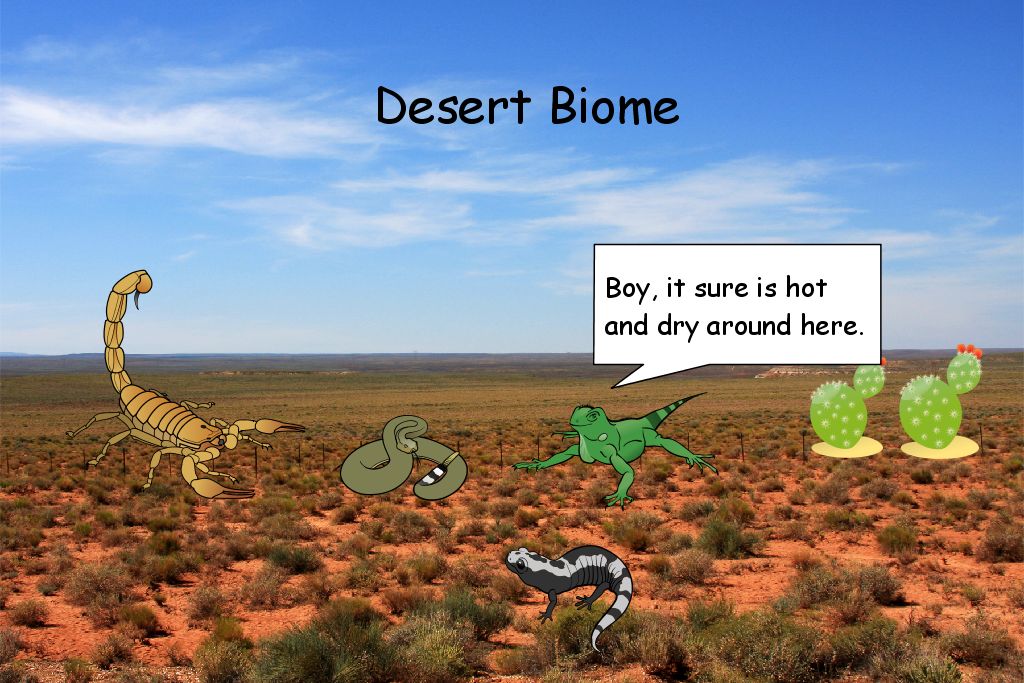

There are many photos and figures in the text to develop a strong understanding of the material presented. It treats earth science from a systems perspective, now showing the five spheres and how they are interrelated. The odds for exotic biomes, in any galaxy, are: Green (x1) < Blue (x2) < Red (x3). However, galaxy types only alter yellow star systems, therefore red, green and blue stars have similar parameters across all galaxies. This brings the total to 160 different types of planet. The Blue Planet: An Introduction to Earth System Sciences, 3rd Edition is an innovative text for the earth systems science course. Planet Generation parameters are influenced by star system types, as well as galaxy types. The 11 exotic (weird) style planets have 3 variations each, instead of 10. These different sub-categories follow different procedural generation rules to each other. There are 24 main categories of planets, 13 of which have 10 different sub-categories, indicated by their biome names, as seen below. Incorporating marine biomes into the planetary boundaries framework promotes integrated understanding of biophysical limits and earth system governance. Do you think we ever get an updated to planets that includes biomes, at least on some planets dependent upon their position in the system Or maybe a new class of planets I just feel it would add to the diversity among planets if we could traverse multiple biomes within them arctic, desert, temperate, tundra, tropical, etc. Names will go through a standard profanity filter before allowing upload.Įach planet you visit is different from every other planet but you will notice similarities.

The first player to discover the planet gets one chance to choose to rename it before uploading the information, as well as the same for plants & animals (Flora & Fauna) from the planet. Each star system has up to 6 planets or moons. Over the time it has been ranked as high as 69 199 in the world, while most of its traffic comes from USA, where it reached as high as 10 386 position. Each planet orbits a star, creating a cycle of day and night. In our site you will discover facts about our planet, its complex patterns of biomes, plants, and animals, and how climates ultimately determine the biomes of our Earth. The universe of No Man's Sky is populated by more than 18 quintillion procedurally-generated planets (18,446,744,073,709,551,616 or 2^64 to be exact) of many sizes, colours, and biomes.


 0 kommentar(er)
0 kommentar(er)
